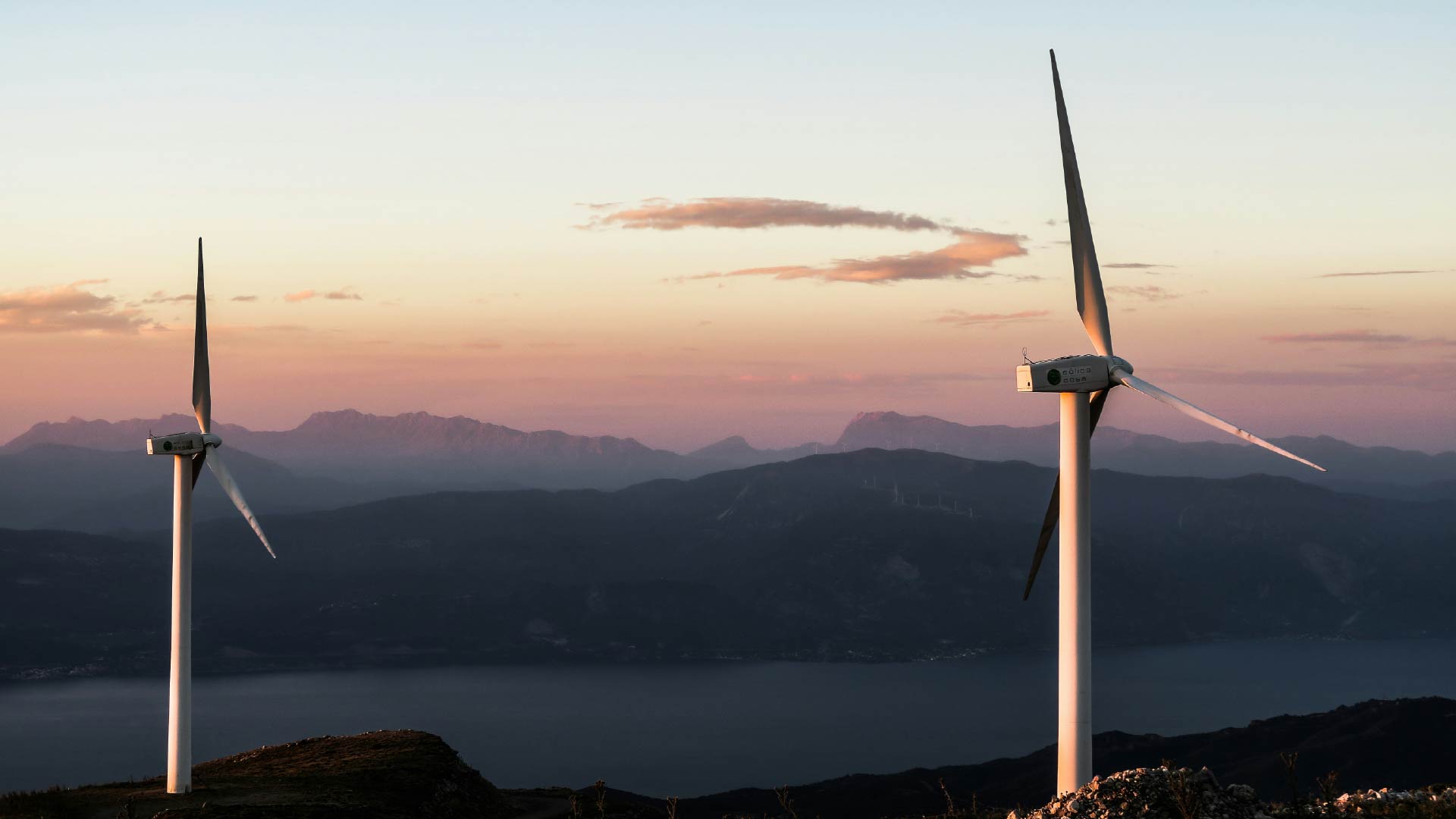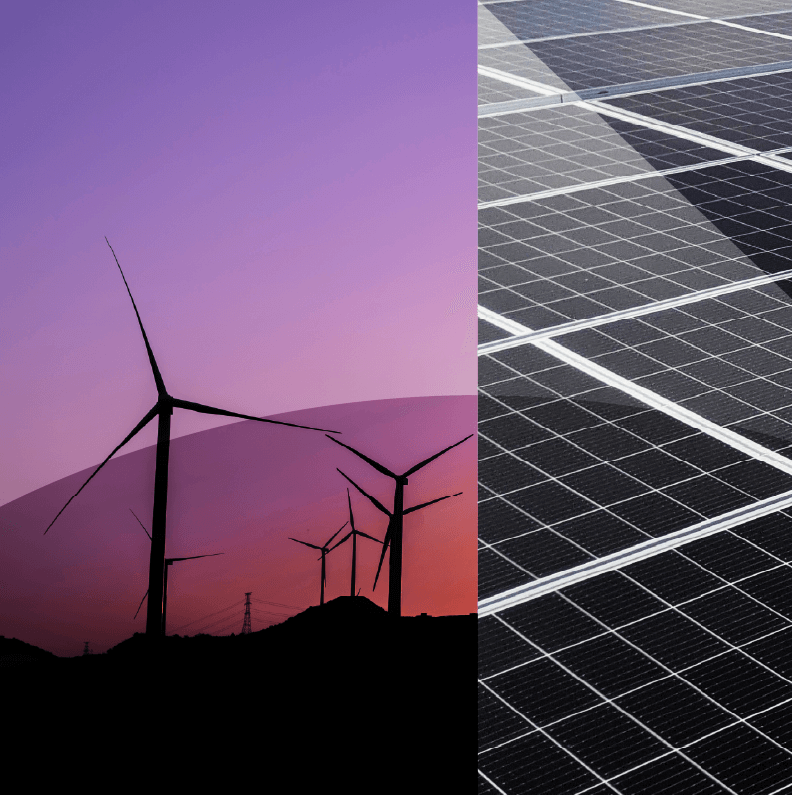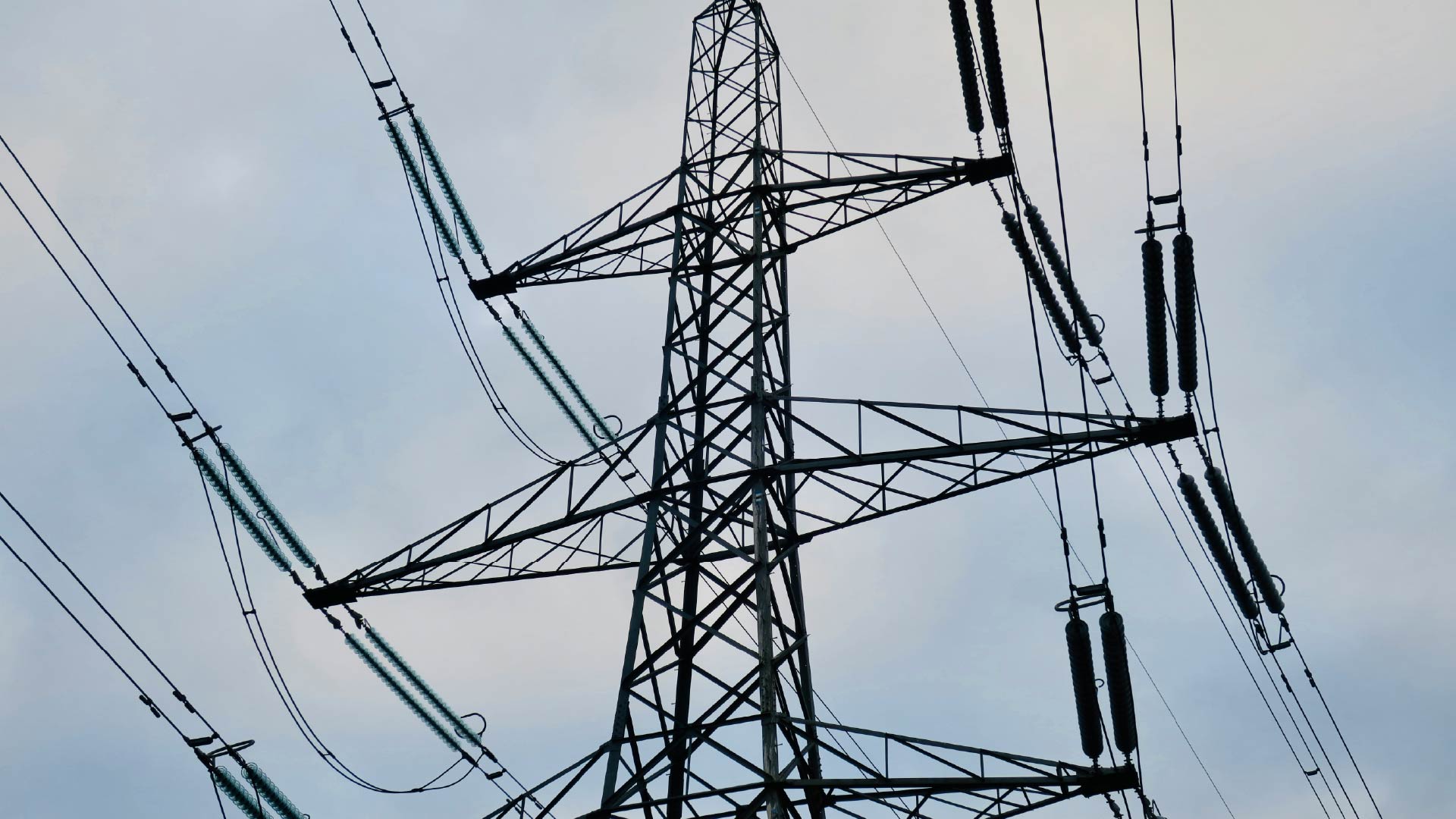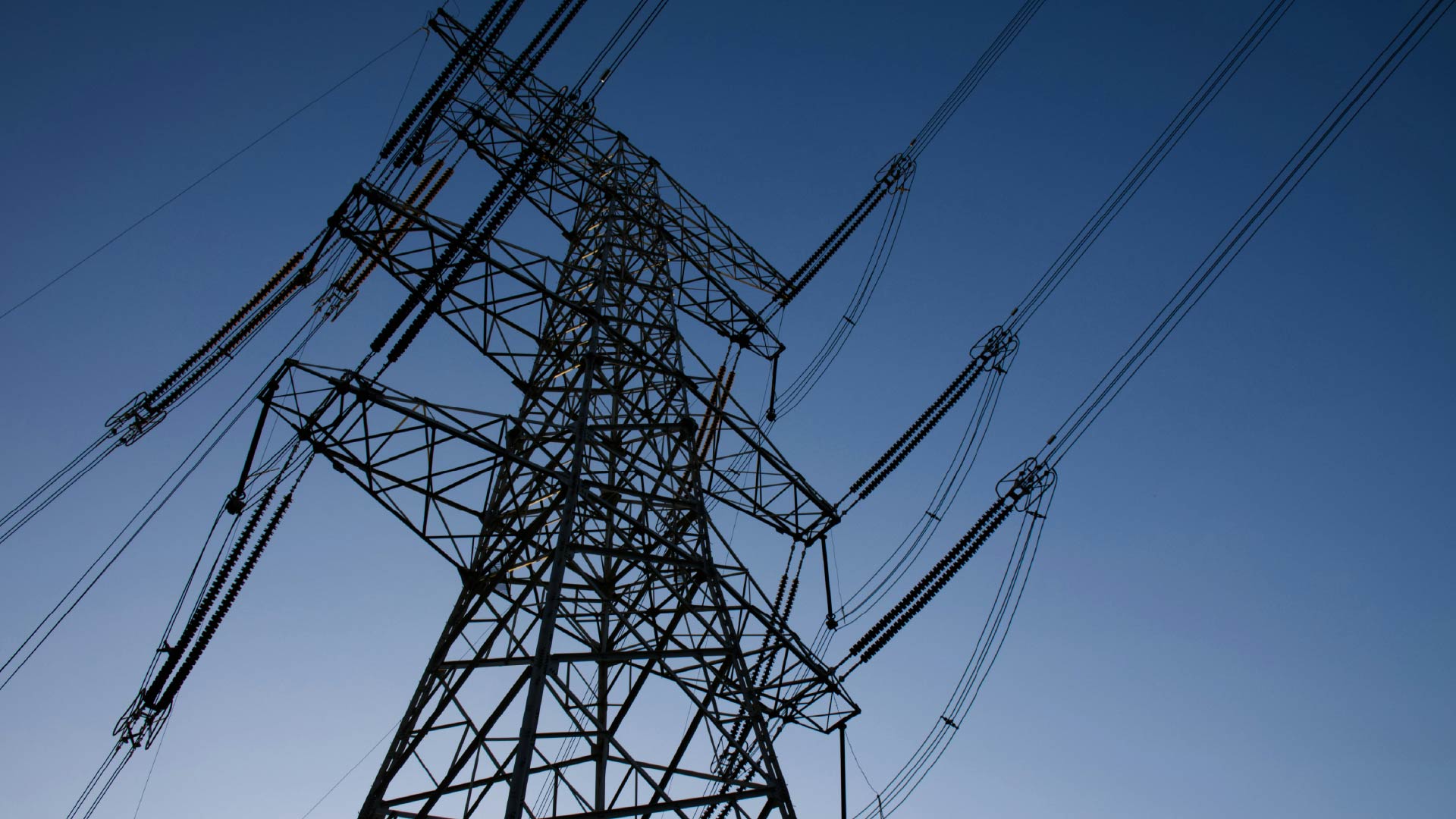Methane Emissions Continue To Rise Due To Misalignment Of Corporate And Political Reduction Targets

Alastair Foyn
Methane is responsible for over a quarter of observed global warming and, over a 20-year period, has a warming potential 84 times greater than that of CO2. Meeting the Paris Agreement goal to limit global warming to below 1.5°C requires a 40-45% reduction in methane emissions by 2030. The necessity for reduction is clear.
And yet, despite corporate and governmental targets, initiatives and incentives, 2022 saw another incremental increase in methane emissions. The International Energy Agency reported that the energy sector emitted 133.3 million tonnes of methane during 2022; over 2 million tonnes more than in 2021 and comparable with the pre-pandemic emissions of 2019, the highest emitting year on record.
Although the global average methane intensity of oil and gas production has fallen by approximately 5% since 2019, continued growth in production has led to overall emissions rising. Most oil and gas producing firms have set emission intensity targets, rather than absolute reduction targets. These goals can be achieved whilst increasing production, as planned, up until the middle of the decade. However, should global methane emissions continue to escalate until 2025, it is highly unlikely that governments will be able to achieve their own absolute reduction targets, as designated by international commitments such as the Global Methane Pledge. It will be a struggle to hit the national targets required to meet the Paris Agreement.
If methane emissions continue rising, governments could force firms to set absolute reduction targets, restrict importation from countries that haven’t committed to reduction targets or are failing to reduce emissions, or introduce fining measures comparable with the new Waste Emissions Charge seen in the US.
In 2022, the oil and gas industry neglected to capitalize on record-breaking profits by increasing investment in methane reduction. The Global Gas Flaring Reduction Partnership (GGFR) estimates that it would cost up to $100 billion to end routine flaring: less than 3% of the industry’s net income from 2022. Over the next few years, oil and gas production is unlikely to be any lower than forecast, as fossil fuel dependence persists and global energy demand increases. Therefore, to reduce absolute methane emissions, and avoid the financial, legal and reputational ramifications of more rigorous regulation, oil and gas firms will be required to increase investment in methane emission reduction measures (see Verdantix Market Overview: The Business Case and Solutions For Methane Mitigation).About The Author

Alastair Foyn
Analyst





